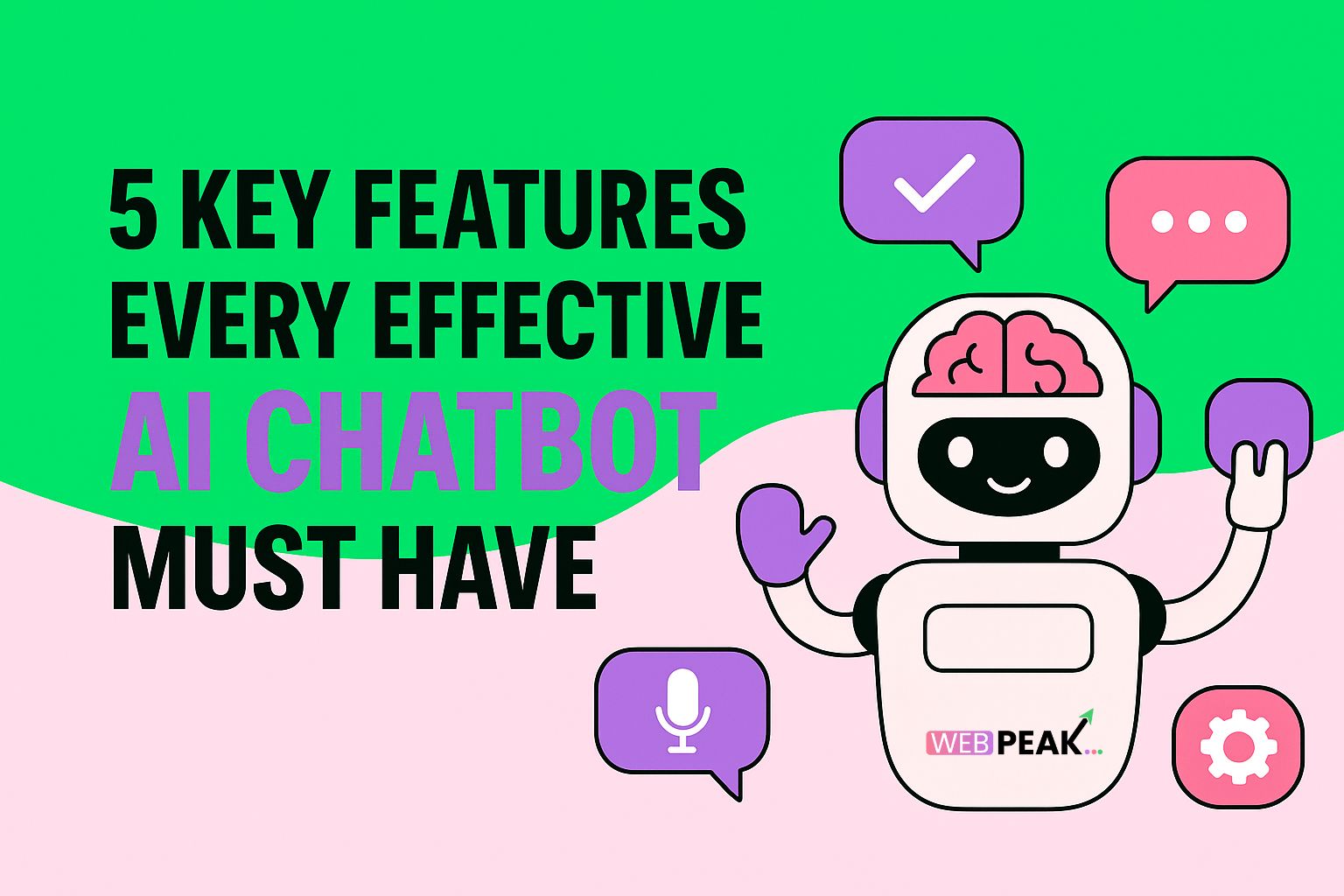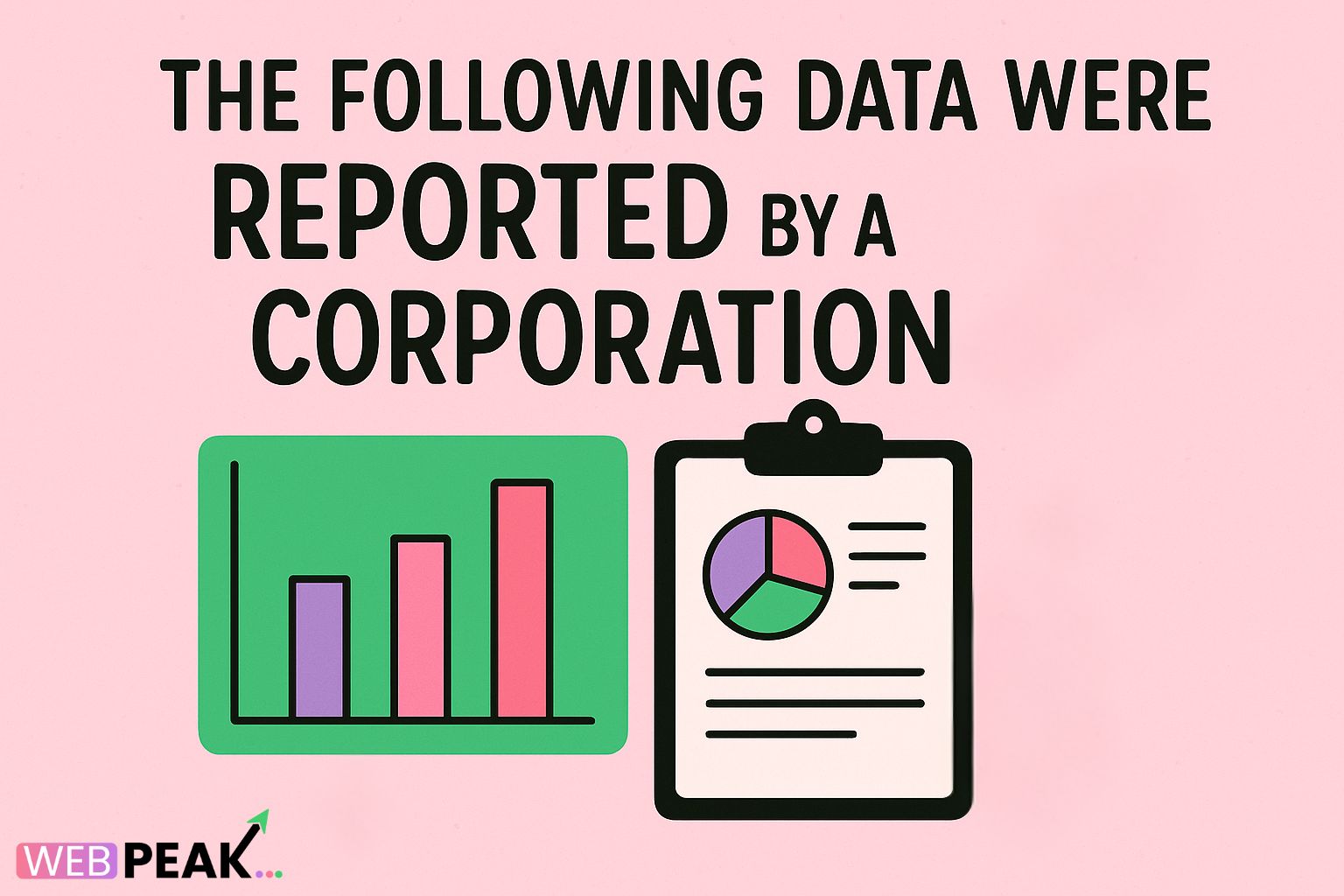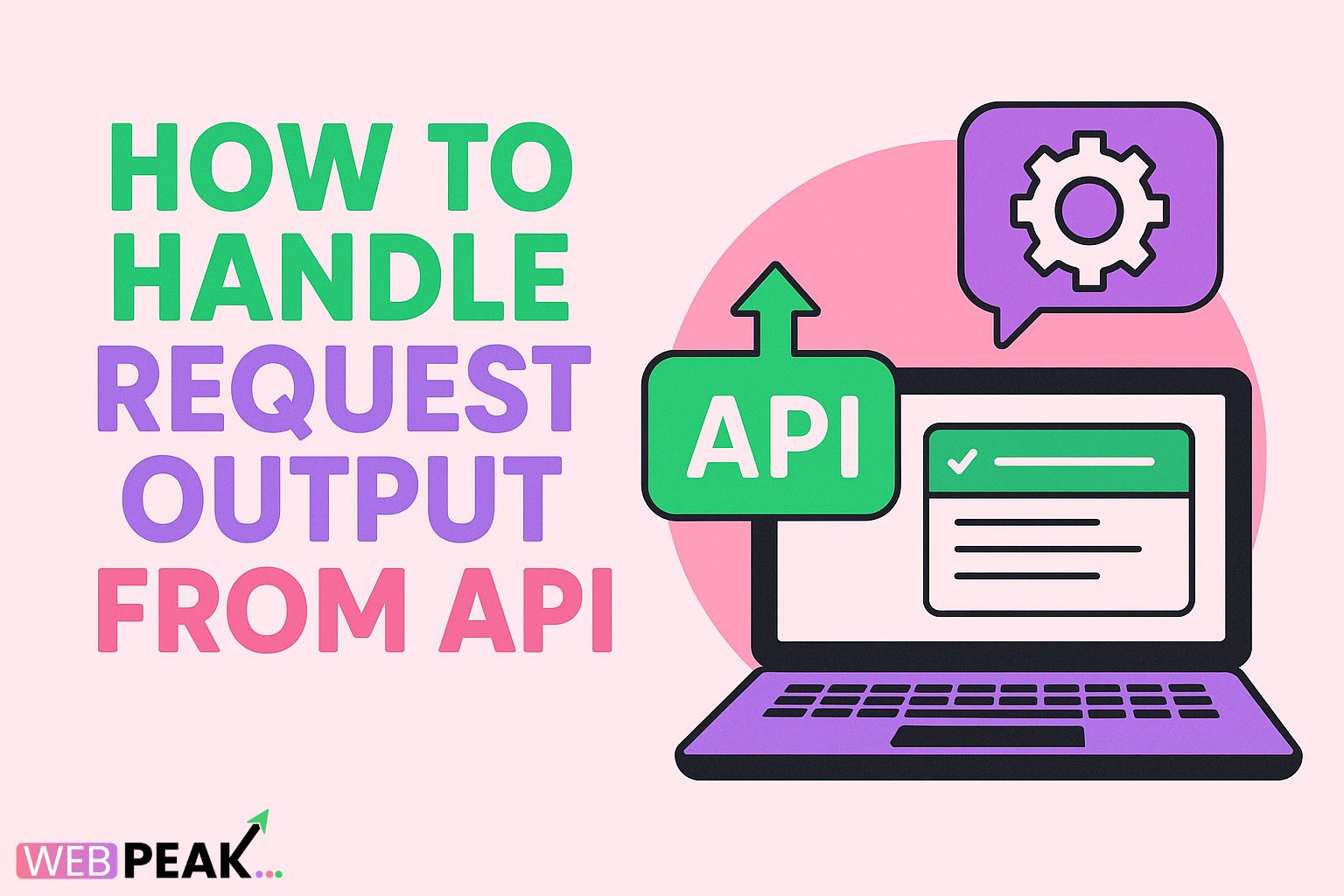5 Key Features Every Effective AI Chatbot Must Have
In today’s hyper-digital business landscape, AI chatbots have evolved from simple FAQ responders into intelligent digital assistants that drive customer engagement, automate workflows, and boost conversion rates. To build a chatbot that truly delivers, understanding the 5 key features every effective AI chatbot must have is essential. Whether you’re a developer integrating conversational AI into enterprise systems or a business owner looking to improve customer experience, these core capabilities define what separates an average chatbot from a high-performing one.
1. Natural Language Processing (NLP) and Understanding
Why NLP Is the Brain of Every AI Chatbot
At the core of any successful AI chatbot lies its ability to understand and interpret human language accurately. Natural Language Processing (NLP) is the technology that allows chatbots to comprehend text or speech, derive intent, and deliver relevant responses. Without strong NLP capabilities, a chatbot becomes little more than a rule-based script that frustrates users with robotic or irrelevant answers.
Key Components of NLP in Chatbots
- Intent Recognition: Identifying what the user wants to achieve, such as booking a service or asking for support.
- Entity Extraction: Detecting specific details like dates, product names, or user IDs from the conversation.
- Context Retention: Remembering previous messages to maintain continuity in multi-turn dialogues.
Real-World Example
Consider a travel chatbot that can understand “I need a flight to Dubai next Friday.” NLP enables it to extract “flight,” “Dubai,” and “next Friday,” turning them into actionable data. Without NLP, the chatbot would fail to recognize these critical entities and the user’s intent.
Benefits of NLP-Driven Chatbots
- Improved accuracy and conversational flow
- Reduced user frustration and faster query resolution
- Enhanced multilingual support for global businesses
2. Context Awareness and Personalization
Building Meaningful Human-Like Conversations
Personalization transforms a chatbot from a tool into a trusted digital companion. Effective chatbots don’t treat every interaction as a standalone event—they remember previous user inputs, preferences, and history. This context-awareness allows them to offer relevant recommendations and solutions tailored to each user’s journey.
Examples of Context-Aware Interactions
- Recommending products based on previous purchases
- Addressing returning customers by name
- Adjusting tone and response based on user sentiment
Technical Implementation Insights
Modern chatbots achieve personalization by integrating with Customer Relationship Management (CRM) systems, analytics tools, and user databases. Developers often use frameworks like Dialogflow CX or Rasa to store conversation states and recall context dynamically. When paired with machine learning models, these systems continuously improve response relevance.
Benefits of Context-Aware AI Chatbots
- Higher engagement and satisfaction rates
- Improved customer retention
- Reduced repetitive inquiries and support loads
3. Omnichannel Integration and Seamless User Experience
Meeting Users Where They Are
Today’s customers interact across multiple platforms—websites, mobile apps, WhatsApp, Messenger, and even voice assistants. One of the key features every effective AI chatbot must have is omnichannel integration. This ensures users can continue their conversations seamlessly across different platforms without losing context or data.
How Omnichannel Integration Works
- Chatbots connect through APIs with channels like Facebook Messenger, Instagram, WhatsApp, or Slack.
- Centralized AI logic handles requests and maintains conversation data across all channels.
- Unified analytics dashboards monitor engagement performance across platforms.
Developer Implementation Tips
Developers can use APIs like Twilio Conversations, Microsoft Bot Framework, or WhatsApp Business API to create cohesive user journeys. These frameworks allow message synchronization and shared conversation histories, improving user satisfaction dramatically.
Benefits of Omnichannel AI Chatbots
- Consistent brand experience across all touchpoints
- Improved customer convenience and retention
- Reduced support costs through centralized communication
4. Machine Learning and Continuous Improvement
Turning Conversations into Learning Opportunities
The best chatbots never stop learning. Through machine learning (ML) algorithms, they analyze past interactions, detect user behavior patterns, and improve future responses. This continuous feedback loop ensures your AI assistant evolves alongside your business goals and user expectations.
Machine Learning in Action
Imagine a support chatbot that notices repeated complaints about a feature. By identifying the frequency of keywords and user sentiment, it can automatically alert your team or adjust its responses to handle the issue more proactively. ML makes this possible by analyzing data at scale and generating actionable insights.
Practical ML Techniques Used in Chatbots
- Reinforcement Learning: The chatbot improves responses based on success or failure outcomes.
- Sentiment Analysis: Adjusting tone based on the user’s emotional state.
- Predictive Analytics: Forecasting user needs and offering solutions before they ask.
Benefits of Machine Learning in Chatbots
- Increased automation efficiency
- Reduced need for manual updates
- Enhanced user satisfaction through adaptive intelligence
5. Robust Security and Compliance
Why Security Is Non-Negotiable
AI chatbots handle sensitive information daily—personal data, billing info, or customer queries. Ensuring data protection is not just ethical but legally mandatory under frameworks like GDPR, CCPA, and HIPAA. Therefore, robust security is one of the most critical features every effective AI chatbot must have.
Key Security Measures Developers Should Implement
- Data Encryption: Use end-to-end encryption for all user messages.
- Authentication: Apply secure user validation before sharing confidential details.
- Data Anonymization: Mask or remove personally identifiable information (PII) in logs.
- Regular Security Audits: Conduct penetration tests to detect vulnerabilities early.
Example of Secure Chatbot Implementation
A financial chatbot integrated with a bank’s API should use OAuth 2.0 for secure authentication. Additionally, all chat logs must be encrypted and stored in compliance with ISO 27001 standards. By embedding these practices, businesses ensure their users’ data remains private and trustworthy.
Benefits of Secure AI Chatbots
- Increased customer trust
- Reduced risk of data breaches
- Compliance with international data protection regulations
Bonus Feature: Analytics and Performance Tracking
While the above five are core features, advanced chatbot systems also integrate analytics tools that track metrics like user engagement, resolution rate, and sentiment score. These insights help businesses continuously refine chatbot scripts and training models.
Actionable Analytics Metrics to Monitor
- Average response time
- Conversation drop-off points
- User satisfaction (CSAT) scores
- Intent accuracy percentage
Best Practices for Building Effective AI Chatbots
- Start with Clear Objectives: Define what problems your chatbot should solve.
- Use Quality Training Data: Train models with diverse, real-world dialogues.
- Keep a Human-in-the-Loop: Allow escalation to live agents when AI confidence is low.
- Test, Analyze, and Iterate: Continuously optimize based on analytics feedback.
Common Mistakes and How to Fix Them
- Over-Automation: Relying solely on AI without human fallback can harm customer experience. → Solution: Blend automation with human support.
- Poor Training Data: Leads to inaccurate responses. → Solution: Continuously retrain with updated data.
- Ignoring Security: Results in compliance violations. → Solution: Implement data encryption and access controls from day one.
Conclusion
As businesses increasingly rely on AI-driven customer interactions, understanding the 5 key features every effective AI chatbot must have is vital for success. From NLP and personalization to omnichannel integration, machine learning, and data security, these pillars define how intelligently your chatbot performs. Organizations that embrace these principles will not only enhance user engagement but also future-proof their customer service operations.
For companies seeking expert-level development and deployment of advanced chatbot systems, WEBPEAK stands out as a full-service digital marketing company offering Web Development, Digital Marketing, and AI Chatbot Development services tailored for growth-focused businesses.
FAQs
1. What makes an AI chatbot effective?
An effective AI chatbot combines NLP, personalization, machine learning, and robust security to deliver accurate, human-like responses while ensuring data protection and contextual understanding.
2. How can businesses train AI chatbots for better accuracy?
Businesses should use diverse, real-world datasets and continuously update them based on user interactions. Incorporating a human-in-the-loop model ensures that chatbot training remains adaptive and accurate over time.
3. Why is omnichannel support important for chatbots?
Omnichannel support ensures users can interact with the chatbot seamlessly across web, mobile, and messaging platforms without losing conversation history or context, improving engagement and satisfaction.
4. What role does machine learning play in AI chatbots?
Machine learning allows chatbots to learn from past interactions, identify user behavior patterns, and improve their responses automatically—reducing manual intervention and enhancing overall efficiency.
5. How do AI chatbots ensure data security?
AI chatbots use encryption, authentication, anonymization, and compliance frameworks like GDPR to protect user data from breaches and unauthorized access.
6. Can small businesses benefit from AI chatbots?
Absolutely. AI chatbots help small businesses automate customer support, qualify leads, and operate 24/7—offering scalability and professional communication without increasing overhead costs.





